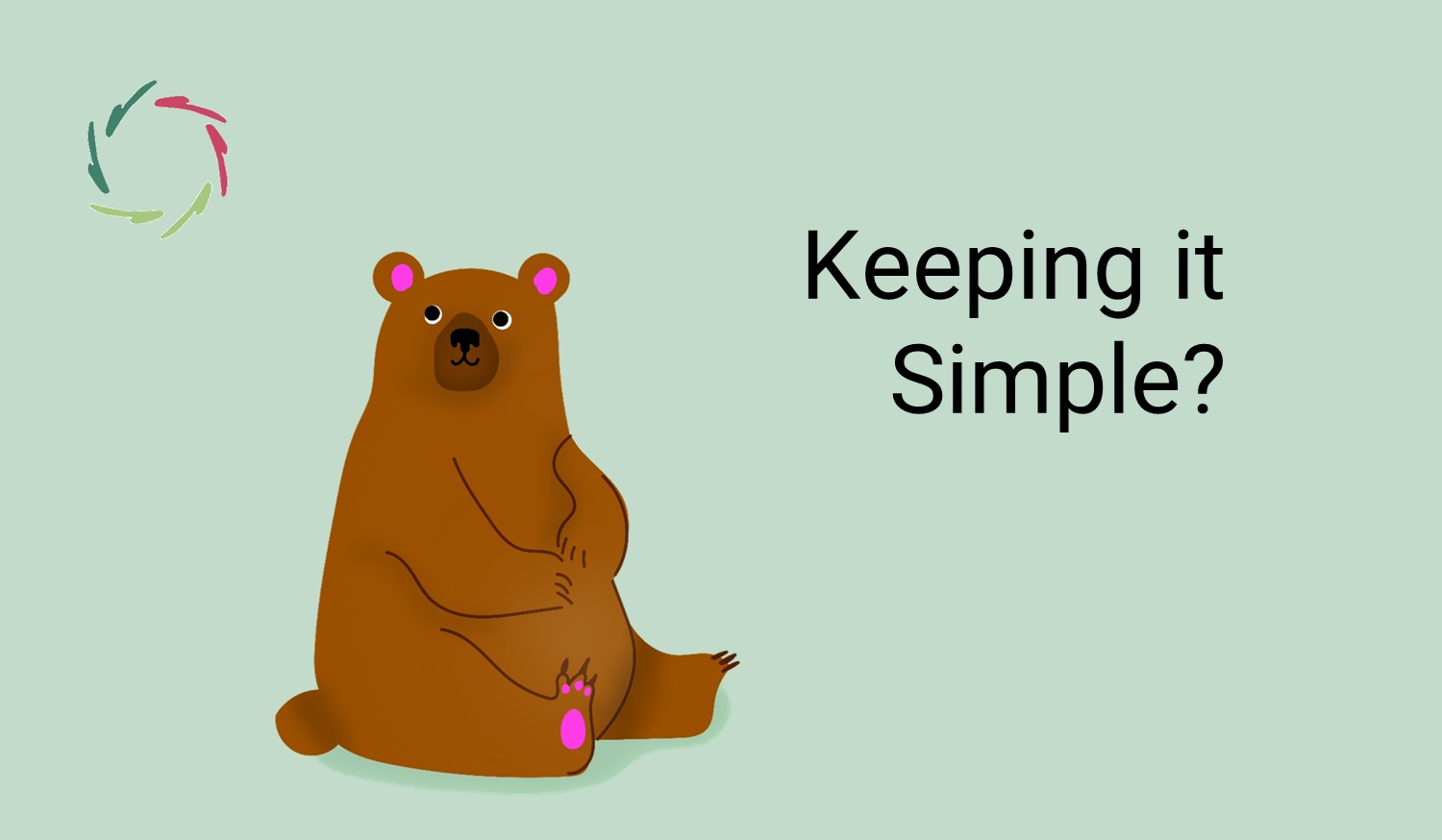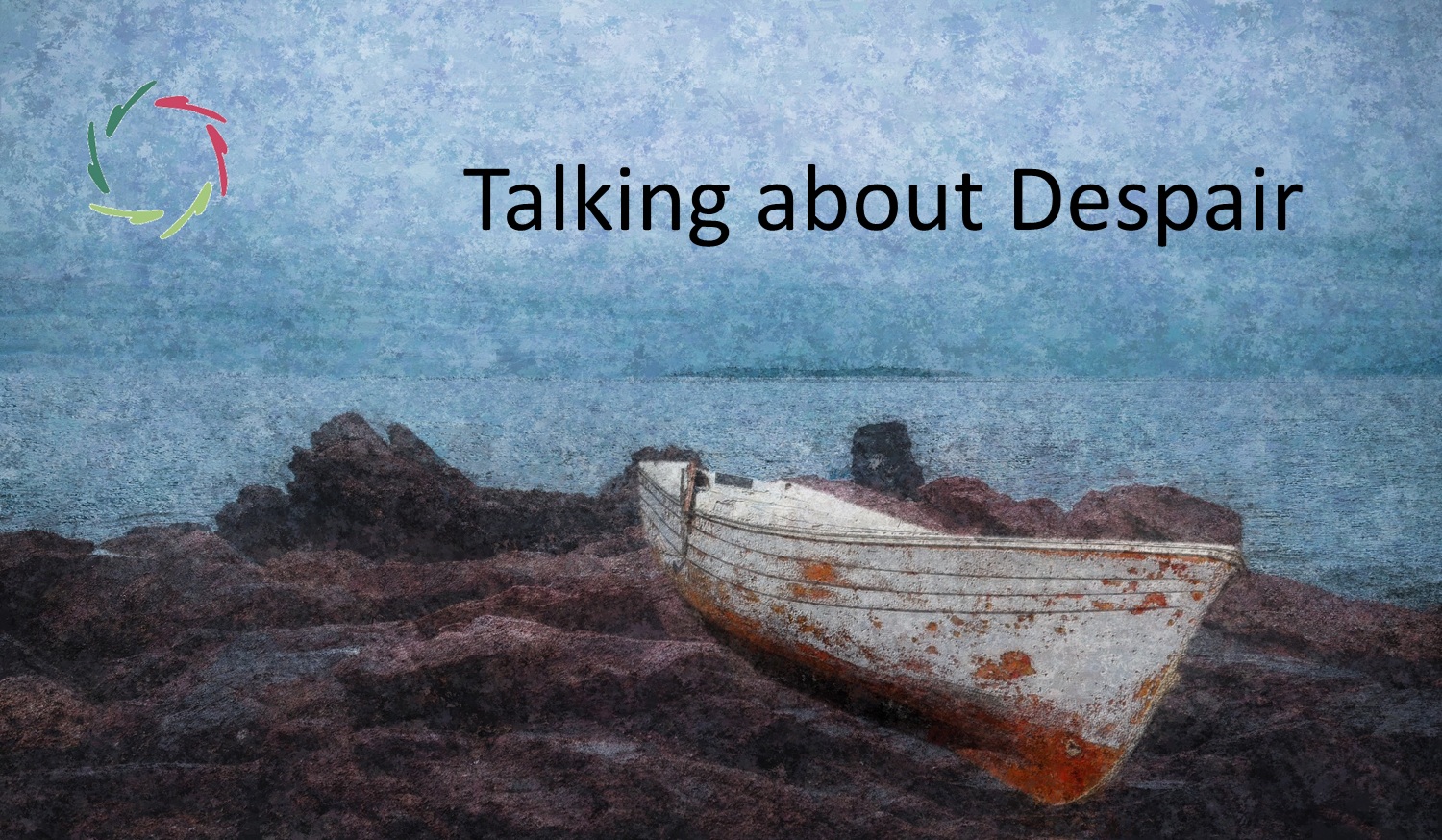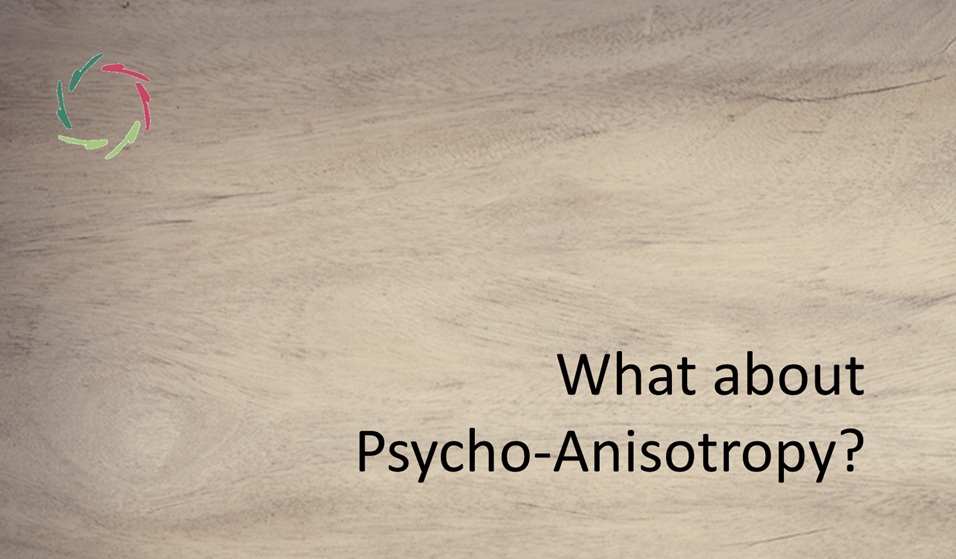Keeping it Simple?

The search for simplicity is a natural human desire. It brings clarity amidst chaos and efficiency in action. Yet, how we act on this desire varies greatly, influencing our goals, processes, and outcomes.
This pursuit is not only crucial for shaping human minds but increasingly relevant in the development of artificial minds.
Avoiding cognitive dissonance
A related human desire is to avoid cognitive dissonance — the mental discomfort caused by holding conflicting beliefs or encountering information that challenges existing views. This desire can serve as a constructive force, encouraging growth and synthesis, but it can also lead to illusion, oversimplification, bias, and even discrimination.
Instead of fighting cognitive dissonance head-on, it can be seen as an opportunity for reflection and transformation. As noted in Growing out of Cognitive Dissonance, trying to diminish the discomfort without addressing its roots often leads to temporary relief but deeper conflict later. A more profound approach involves gently guiding the mind toward resolution by embracing inner complexities rather than simplifying or suppressing them.
For instance, synthesis – the act of finding a new, inspired way to integrate conflicting ideas – can transform dissonance into a source of growth and inspiration. This aligns with the idea of simplicity serving depth, as the process of resolving dissonance invites one to reorganize their mental landscape with self-compassion and insight, leading to authentic change.
- Example: The interplay between simplicity and cognitive dissonance is evident in the phenomenon of fake news. By presenting oversimplified narratives that align with existing biases, fake news avoids dissonance while sacrificing truth. In contrast, a deeper engagement with conflicting information fosters critical thinking, enabling individuals to transcend oversimplification and embrace complexity as a path to greater understanding.
Simplicity in society
In politics, simplicity often takes the form of slogans designed to inspire and unify. However, these slogans, like “Make America (or Any Other Country) Great Again,” can obscure complex societal issues, reducing them to emotionally charged but shallow messages. While simplicity can create shared meaning, it risks oversimplifying solutions to the detriment of meaningful progress.
Art, on the other hand, demonstrates how simplicity can reveal depth. Consider Van Gogh’s Starry Night, where swirling brushstrokes convey profound emotion and mystery. Great art distills complexity into forms that evoke deeper truths, showing how simplicity can elevate rather than diminish.
Simplicity in science and technology
Science thrives on simplicity, often reducing complex phenomena into models or frameworks for easier understanding. While immensely powerful in mechanical or controlled contexts, this approach can falter in complex environments. Over-conceptualization risks stripping away the richness of human experiences, leading to an alienating efficiency.
As noted, the mechanistic nature of science, when applied indiscriminately, can create a paradoxical outcome: a world where material success coincides with a growing sense of unhappiness and disconnection. While science excels at solving problems in a mechanical realm, its reductionist tendencies often leave little room for the nuanced complexities of human depth and meaning.
For example, the scientific reduction of mental health to measurable symptoms often oversimplifies the profound interplay of human emotions and experiences. Addressing this complexity requires an integrative approach, much like AURELIS coaching, which respects both rationality and depth.
- Example: This contrast is evident in technological achievements like Google Search or Chat-GPT. Its simplicity as a tool hides an incredibly complex backend, enabling access to vast knowledge. However, when misused – such as prioritizing algorithmic efficiency over meaningful engagement – it risks perpetuating shallow interactions, undermining the depth of human inquiry.
Real-world consequences of mismanaged simplicity
The pursuit of efficiency often prioritizes simplicity at the expense of depth, leading to alienation and meaninglessness. Without depth, simplicity risks becoming a hollow shell, draining experiences of meaning. Rather than distilling complexity to its essence, oversimplification drains the soul, creating empty vessels that lack substance. This loss of depth, whether in personal understanding or societal systems, represents a failure to connect with what truly matters.
In an efficient yet disconnected world, oversimplification can exacerbate mental health struggles like anxiety and burnout. Social media platforms exemplify this: their algorithms simplify content delivery but often foster echo chambers, eroding meaningful discourse.
Simplicity as a gateway to depth
To counter this, simplicity must be paired with depth. Open Mindfulness practices, for example, simplify overwhelming experiences into moments of clarity and connection. When simplicity serves depth, it fosters not just efficiency but also meaningful growth.
This is the difference between creating a shallow representation of something and thoughtfully crafting a framework that preserves its depth. When simplicity acts as a bridge rather than a barrier to depth, it enables clarity and understanding, growth and connection. It invites us to see the world not as hollow vessels but as rich tapestries of meaning waiting to be understood.
A call for thoughtful simplicity
Simplicity should not strip away depth but guide us toward it. Whether in daily life, society, or technology, the goal should be to harness simplicity as a bridge to deeper truths.
As we explore these ideas, the next step takes us into artificial minds. Let’s take a deeper dive into this fascinating evolution in ‘Simplicity in A.I.’.


